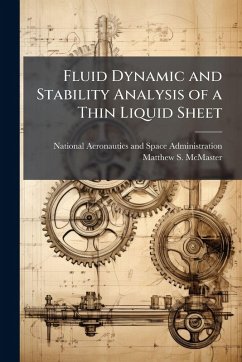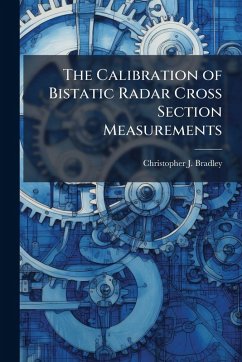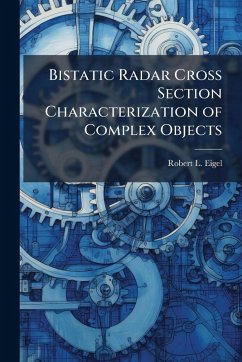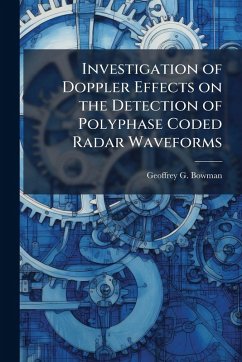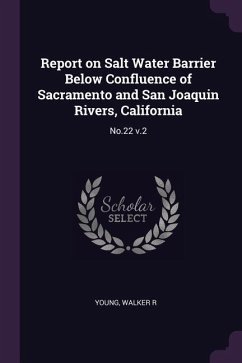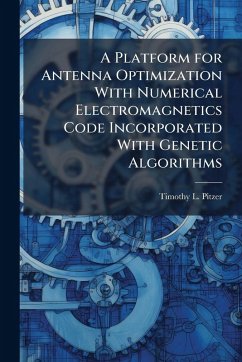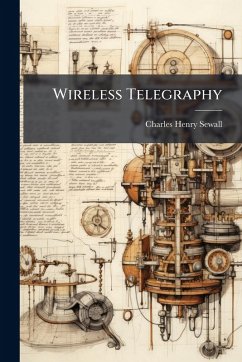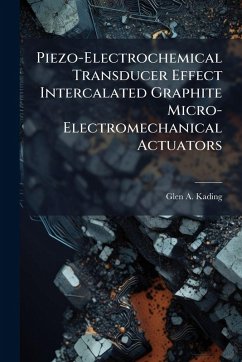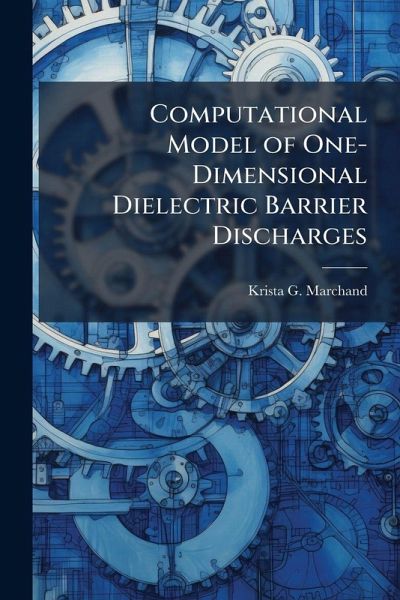
Computational Model of One-Dimensional Dielectric Barrier Discharges
Versandkostenfrei!
Versandfertig in über 4 Wochen
17,99 €
inkl. MwSt.
Weitere Ausgaben:

PAYBACK Punkte
9 °P sammeln!
A one-dimensional fluid model of a surface-type dielectric barrier discharge is created using He as the background gas. This simple model, which only considers ionizing collisions and recombination in the electropositive gas, creates an important framework for future studies into the origin of experimentally observed flowcontrol effects of the DBD. The two methods employed in this study include the semi-implicit sequential algorithm and the fully implicit simultaneous algorithm. The first involves consecutive solutions to Poisson's, the electron continuity, ion continuity and electron energy e...
A one-dimensional fluid model of a surface-type dielectric barrier discharge is created using He as the background gas. This simple model, which only considers ionizing collisions and recombination in the electropositive gas, creates an important framework for future studies into the origin of experimentally observed flowcontrol effects of the DBD. The two methods employed in this study include the semi-implicit sequential algorithm and the fully implicit simultaneous algorithm. The first involves consecutive solutions to Poisson's, the electron continuity, ion continuity and electron energy equations. This method combines a successive overrelaxation algorithm as a Poisson solver with the Thomas algorithm tridiagonal routine to solve each of the continuity equations. The second algorithm solves an Ax=b system of linearized equations simultaneously and implicitly. The coefficient matrix for the simultaneous method is constructed using a Crank-Nicholson scheme for additional stability combined with the Newton-Raphson approach to address the non-linearity and to solve the system of equations. Various boundary conditions, flux representations and voltage schemes are modeled. Test cases include modeling a transient sheath, ambipolar decay and a radio-frequency discharge. Results are compared to validated computational solutions and/or analytic results when obtainable. Finally, the semi-implicit method is used to model a DBD streamer. This work has been selected by scholars as being culturally important, and is part of the knowledge base of civilization as we know it. This work was reproduced from the original artifact, and remains as true to the original work as possible. Therefore, you will see the original copyright references, library stamps (as most of these works have been housed in our most important libraries around the world), and other notations in the work. This work is in the public domain in the United States of America, and possibly other nations. Within the United States, you may freely copy and distribute this work, as no entity (individual or corporate) has a copyright on the body of the work. As a reproduction of a historical artifact, this work may contain missing or blurred pages, poor pictures, errant marks, etc. Scholars believe, and we concur, that this work is important enough to be preserved, reproduced, and made generally available to the public. We appreciate your support of the preservation process, and thank you for being an important part of keeping this knowledge alive and relevant.



